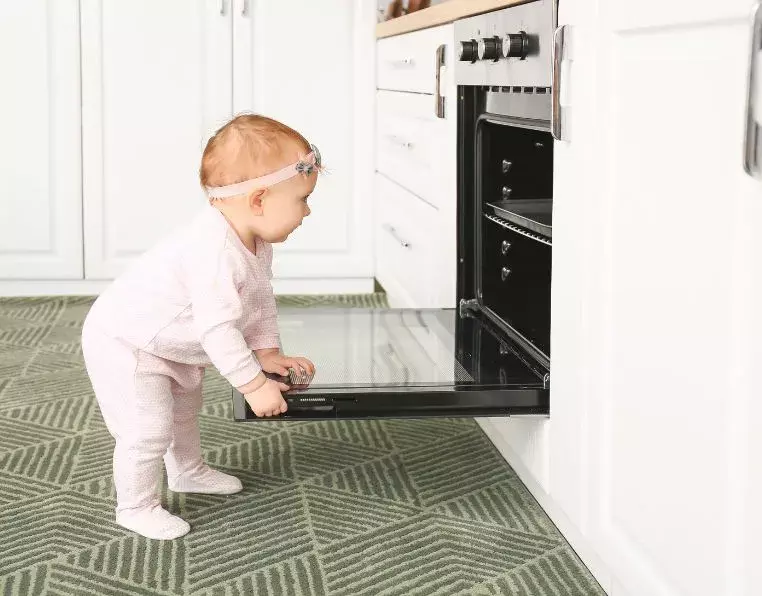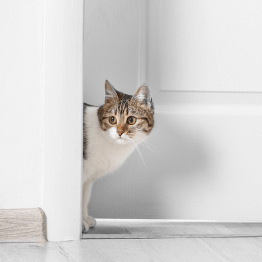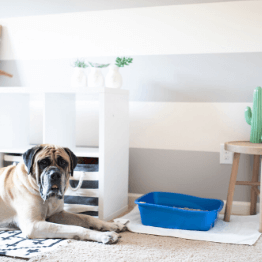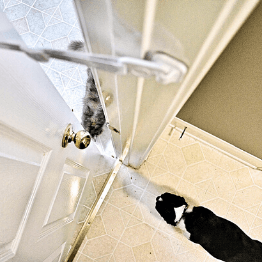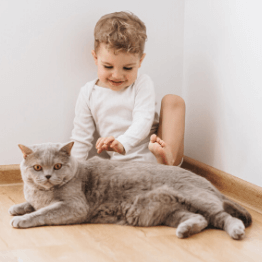OUR BABYPROOFING CHECKLIST
By: Door Buddy Editors | Published: 30 December 2024
Being a new parent is overwhelming as it is, and then there’s the added worry of babyproofing your home on top of it! Bringing home your newborn is one of the most exciting moments as you begin your life together. But as soon as your little one starts moving, you’ll start noticing all the potential “owies” lurking around every corner. Suddenly, that trendy coffee table that you love becomes a magnet for bumped heads and bruised funny bones.
When it comes to child safety, there’s nothing more important than keeping your little ones happy, healthy, and out of harm’s way. Their happiness is our happiness - that’s the magic of parenthood! But let’s be honest: babyproofing your home can feel overwhelming fast.
There’s plenty of advice out there, but what’s often missing is a practical babyproofing checklist from parents who’ve been in your shoes. That’s why we created this article - because we’ve been there, too.
Inside, you’ll find essential tips and insights to make your “how to babyproof a house” journey easier. Plus, don’t miss the FREE babyproofing checklist at the end to help you tackle your to-dos with confidence.
Happy babyproofing!
LIVING SPACE
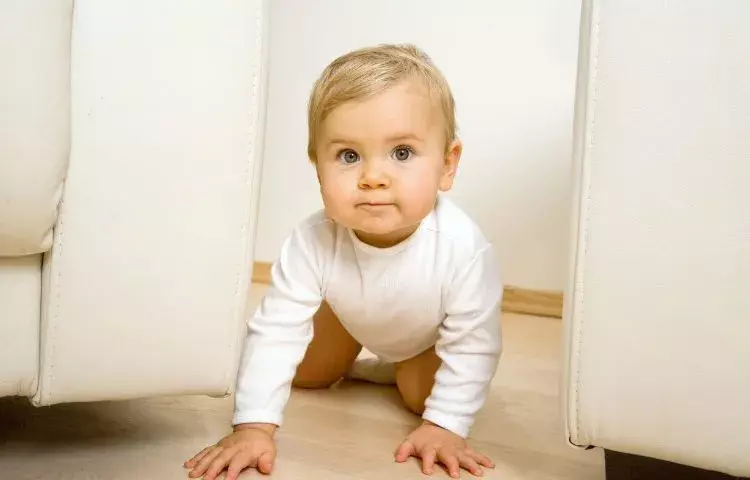
Your living room is the busiest spot in your home - and often the one with the most potential hazards. An unmounted TV? Major risk. Electrical cables? Big red flag. Once your little one starts crawling, this room should be at the top of your babyproofing checklist.
What To Babyproof:
-
Secure furniture to the wall (TVs, cabinets, shelves).
-
Remove tablecloths to prevent pulling accidents.
-
Pack away small decorations that could be choking hazards.
-
Cover sharp edges on tables, counters, and other furniture.
-
Move unstable items like floor lamps and potted plants.
-
Cover electrical outlets to keep little fingers safe.
-
Install pinch guards on doors to protect tiny hands. If you need help babyproofing interior doors, read this blog post.
-
Tie up loose electrical cords to prevent tripping or pulling.
-
Secure or cover blind cords to eliminate strangulation risks.
-
Block access to the fireplace or gas heater.
-
Install childproof locks on cabinets to keep dangerous items safely out of reach.
-
Use non-slip pads under rugs and mats to prevent slipping and tripping.
KITCHEN
If you have a budding chef at home, you’ll want to take extra precautions when it comes to child safety in the kitchen. While you might think the hazards are all counter-level, far out of your little one’s reach, you’ll quickly realize that’s not the case.
It’s amazing how these curious tots always find a way into trouble! From cleaning products under the sink to knocking over the trash, taking that extra step in the kitchen is always a good idea.
What To Babyproof:
-
Install locks on all cabinets and drawers.
-
Keep the trash can out of reach or locked away.
-
Use pantry locks to keep food and supplies secure.
-
Lock the refrigerator and freezer doors to prevent access.
-
Remove or cover stove and oven controls to avoid accidents.
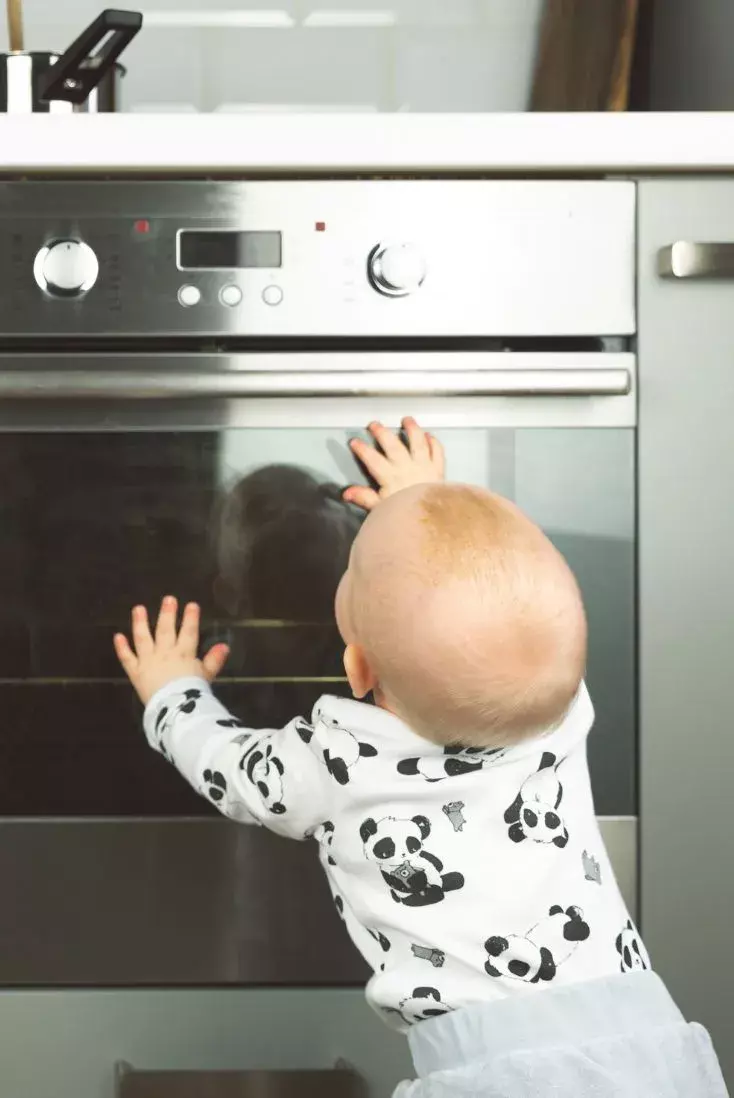
BEDROOM
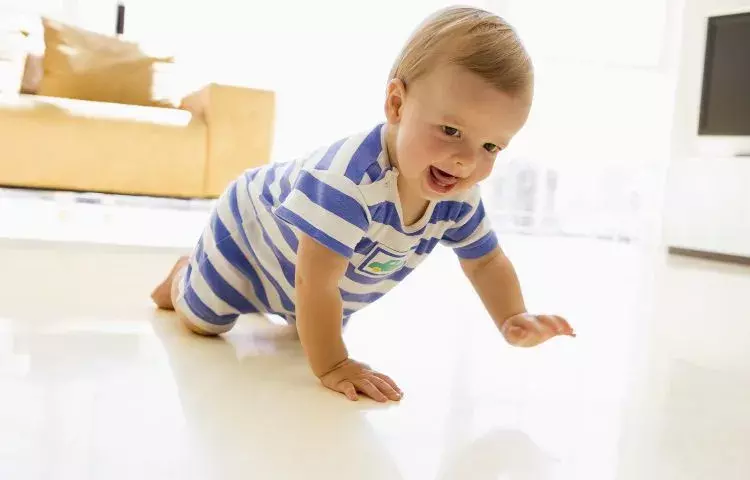
Whether you’re co-sleeping or placing your baby in a separate room, don’t forget to ensure the bedrooms are safe! It’s easy to overlook these cozy spaces, but there are often choking hazards and other dangers hidden around the room.
If you’re co-sleeping, be sure to follow the correct guidelines and safety regulations to keep your little one safe!
What To Babyproof:
-
Install closet locks to keep items safe.
-
Store delicate decorations out of reach.
-
Move unstable furniture like lamps, mirrors, and side tables.
-
Make sure there are no gaps in the bed where your baby could fall through.
-
Cover electrical outlets to prevent accidents.
BATHROOM
Is your bathroom a safe space or a treasure chest for your child to explore? It’s funny how little ones are always drawn to the most surprising (and often unsanitary) spots around the house! If you haven’t noticed already, they’ll quickly become fascinated with the toilet and everything in it. And don’t even get me started on the kitty litter!
What To Babyproof:
-
Install toilet locks to prevent access.
-
Add a soft cover to the bathtub for added safety.
-
Install doorknob covers to keep little ones from entering.
-
Unplug appliances when not in use to avoid accidents.
-
Lock away nail clippers, tweezers, and similar items.
-
Keep all cosmetics and medication securely locked away.
MISCELLANEOUS
You didn’t think that was all, did you? Babyproofing isn’t easy, but it’s definitely worth it! Trust us, powering through this checklist might feel like a headache now, but it will save you from much bigger headaches down the line.
What To Babyproof:
-
Barricade the stairs to prevent falls.
-
Limit access to no-go zones (like the office or laundry room).
-
Replace door stoppers with pinch guards for added safety.
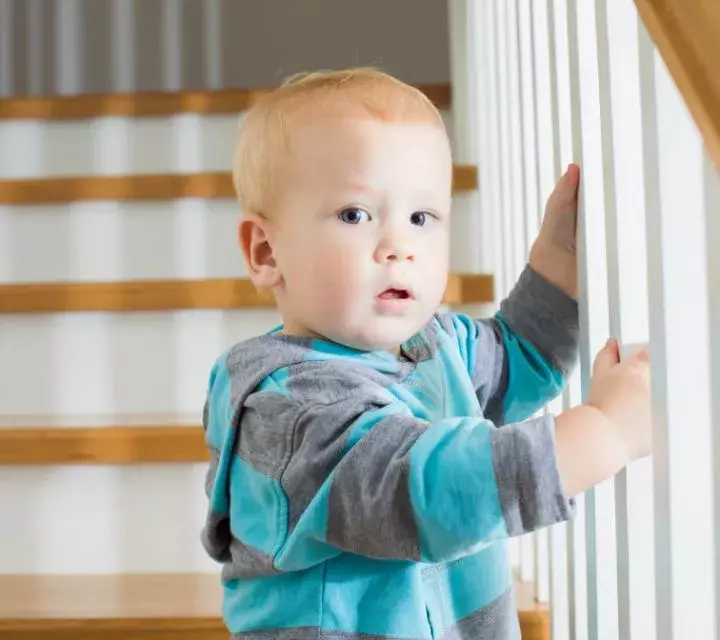
BABYPROOFING TIPS FOR SHARED SPACES
Babyproofing a home with shared spaces for both a baby and a cat requires balancing safety for your little one and comfort for your feline friend. Here are some tips to create a harmonious environment:
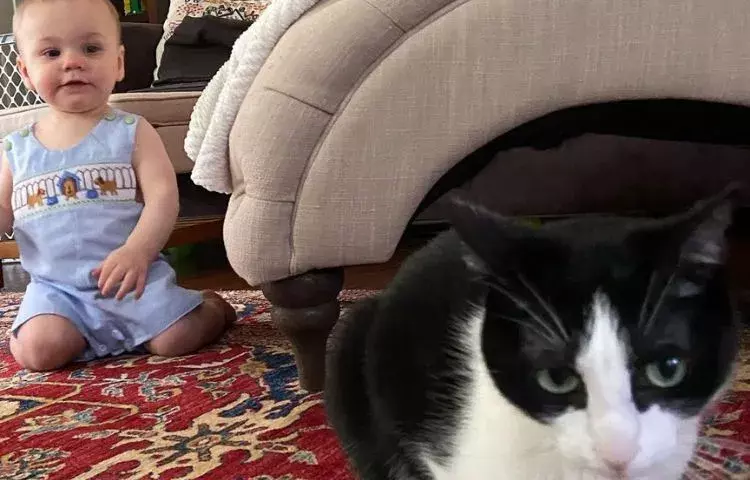
1. Block Off Cat-Specific Areas
Install a Door Buddy to keep certain rooms accessible for your cat but off-limits to your baby. This simple solution allows your cat to enjoy their private space, whether it’s for eating, napping, or using the litter box while keeping your toddler safe. After all, we want cats and toddlers living in perfect harmony, with both getting the space they need to thrive!
2. Cover Electrical Cords
Use cord protectors to babyproof cords and keep both babies and cats from chewing on or playing with loose wires. Not only does this reduce the risk of electrical hazards, but it also helps prevent any damage to your cords, ensuring both your little one and furry friend stay safe and your devices remain intact.
3. Protect the Litter Box Area
Keeping your baby and your cat safe can be a juggling act, but don’t worry, we’ve got you covered! For starters, babyproof the litter box by keeping it in a separate, off-limits spot - maybe a closet with a cat door or behind a baby gate. This way, your little one stays away from any messes, harmful bacteria, or even potential illnesses that can come from a dirty litter box. Yikes! We all know how quickly those bacteria can spread, so it’s best to keep it out of reach. Want to dive deeper into why babyproofing your cat’s litter box is a must? Check out our fun guide on Why You Should Babyproof Your Cat’s Litter Box!
Now, about that cat food! Toddlers are naturally curious (and sometimes sneakier than we think), so it’s super important to make sure they stay away from the food bowl. We’ve got some creative tips on how to prevent your toddler from munching on your cat’s dinner - read all about it in our blog How to Prevent Your Toddler from Eating Cat Food.
CONCLUSION: OUR BABYPROOFING CHECKLIST
Remember, the best way to babyproof your house is to get down to your tot’s level. See the world through their eyes - what they could run into and what might pose a danger to their health. When in doubt, turn to Door Buddy to help limit your little one’s access to unsafe rooms around the house. You can also explore other childproof locks from Perma Safety and find the babyproofing products here, don’t forget about your babyproof kit to get started.
When your baby gets a bit older, try our childproofing blog to find out the tips and tricks on how to childproof your house.
Download your BABYPROOF CHECKLIST here to take this article with you!

